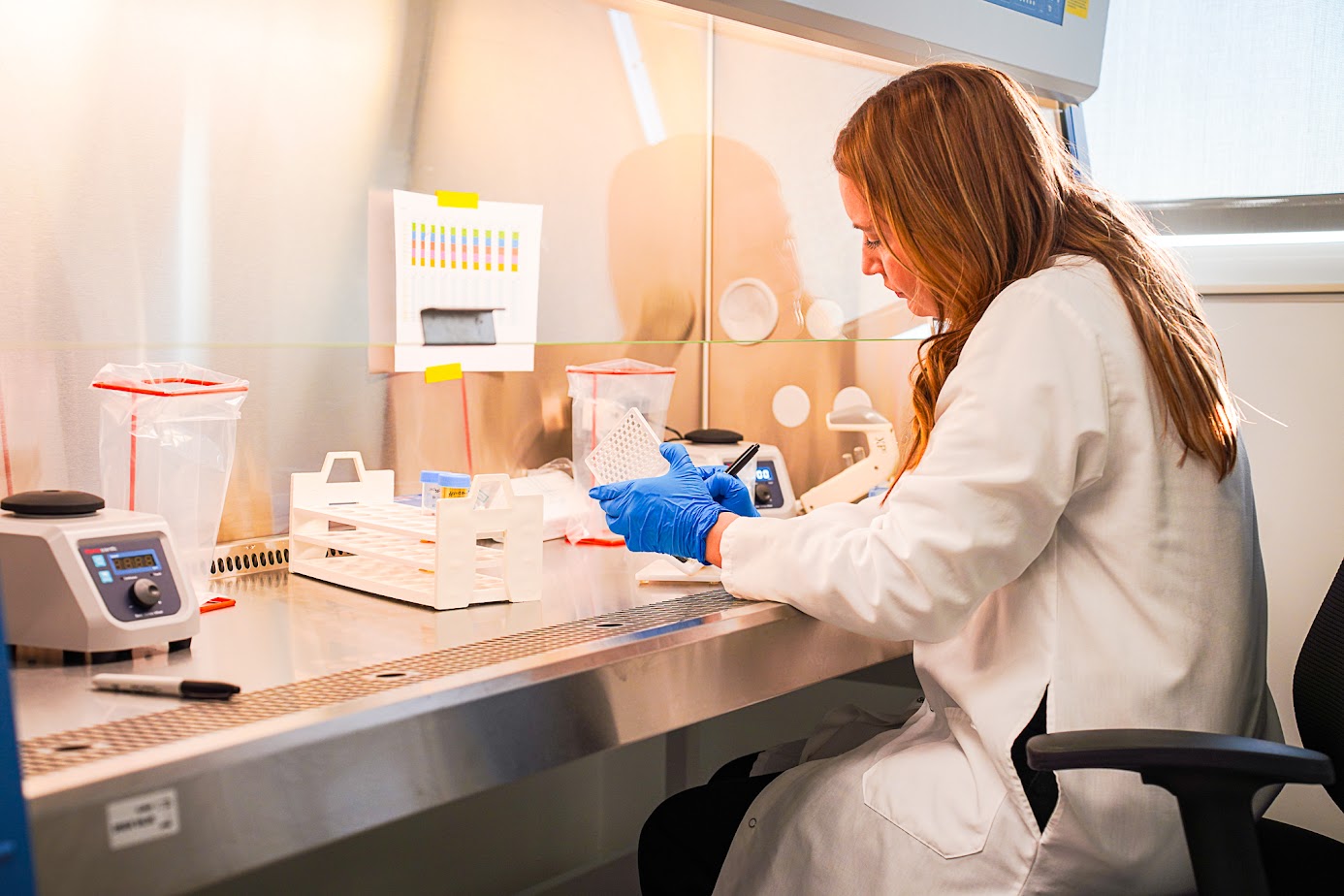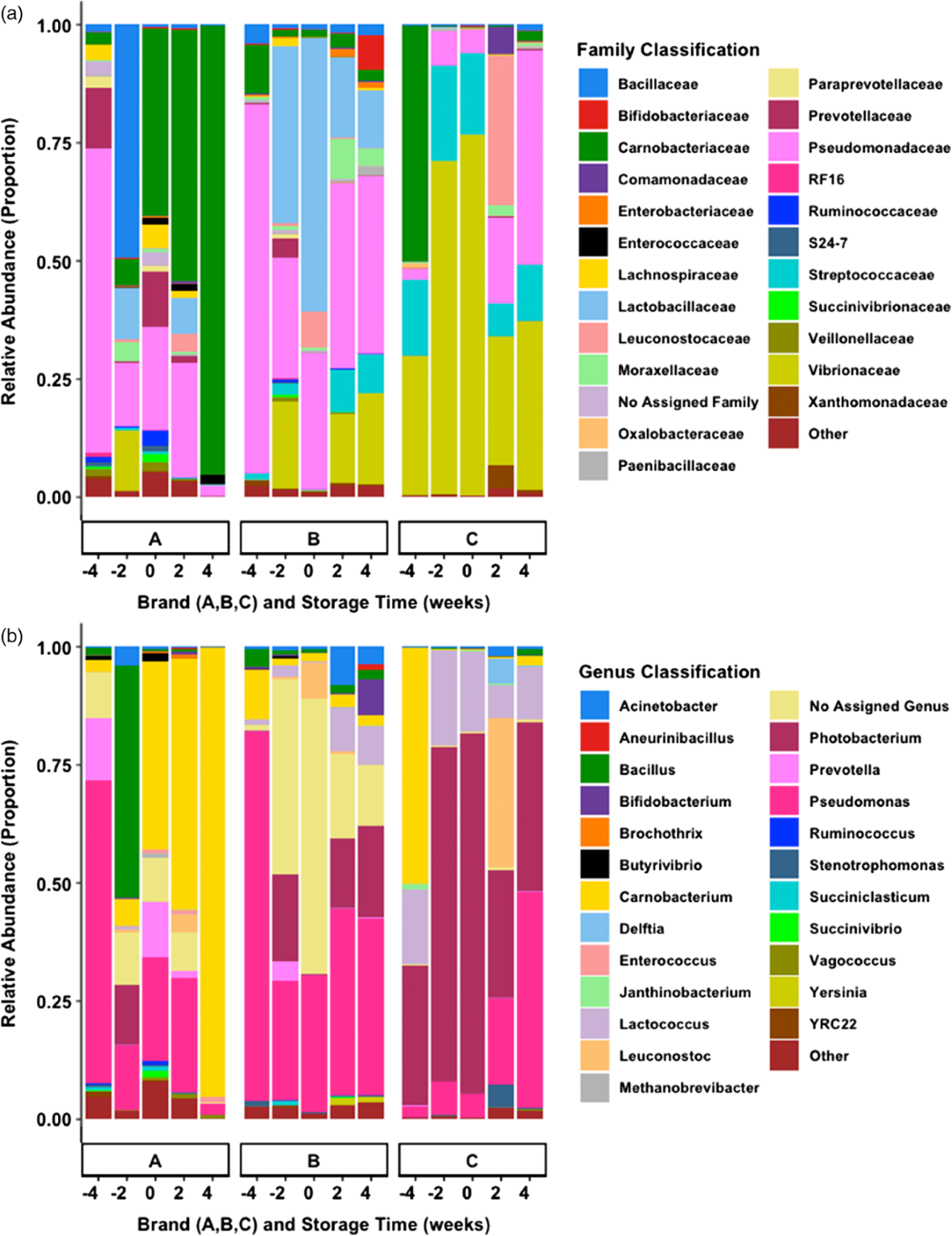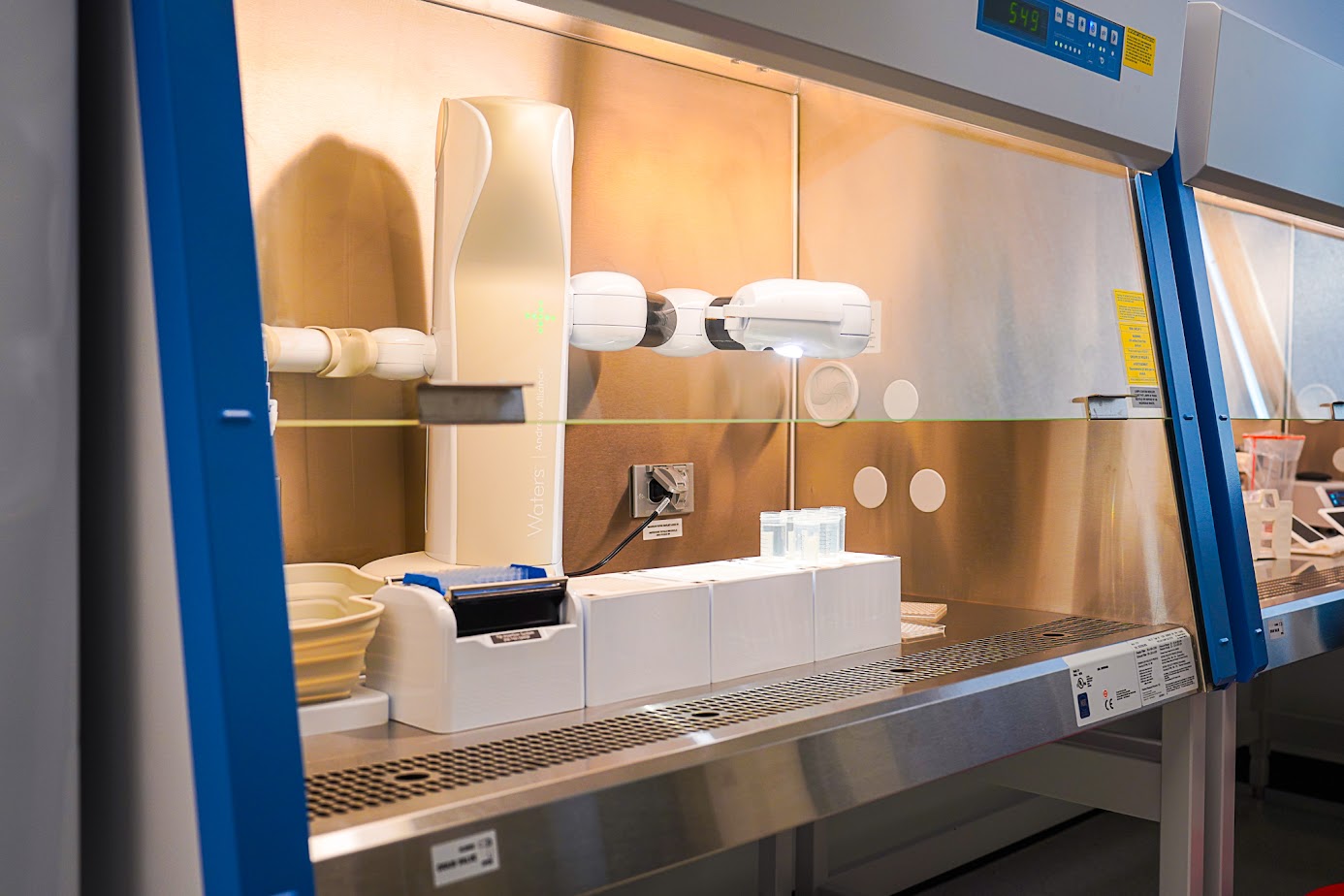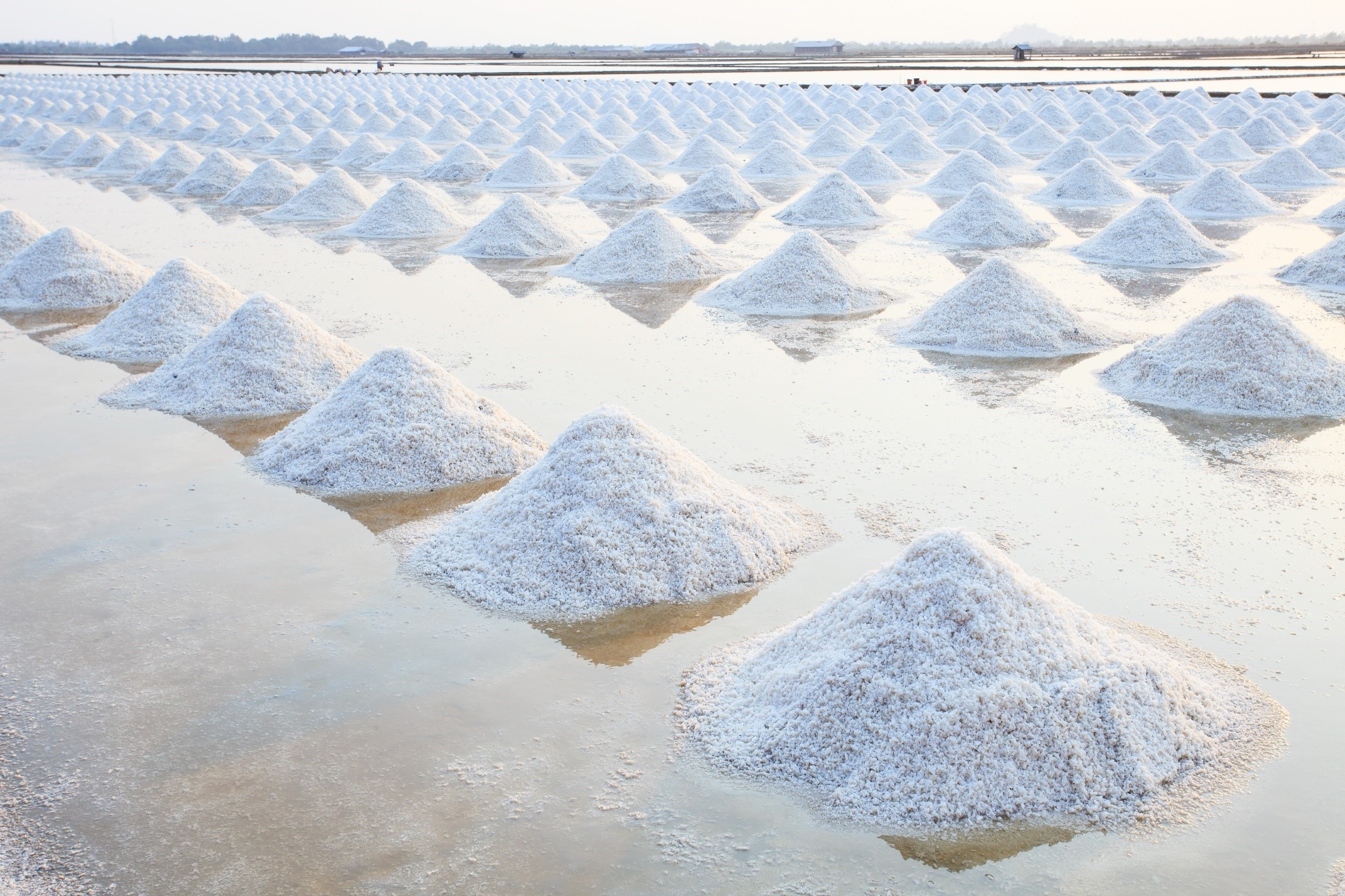Can you quantify the value of extra shelf-life days in food?
As a consumer, it can allow for more time in a busy life to eat foods before they end up as unintended waste. This time can be about saving money and protecting health.
For the industry, it can be about longer and more resilient supply chains, as well as insurance policies against spoilage and contamination risks.
For brands, extending freshness increases brand loyalty and their ability to delight consumers.
For the planet, it’s stretching the planet’s resources so we can feed more people and reduce the contribution of greenhouse gases from food waste.
One third of all food produced globally goes to waste which has a huge impact on the sustainability and economics of food production and consumption. With inflation soaring and supply chain pressures growing, it’s never been more important to prevent this.
Seventy-two percent of consumers agree that extending the shelf life of a food or drink would help them reduce waste. Given that up to half of consumer food waste could be prevented by shelf-life extension, it is a great place to start.
How do we approach a project about shelf-life extension, or problem solve for an unknown shelf-life limiting factor?

To extend shelf life, scientists will need to look at which exact bacteria are contributing to spoilage defects, also known as “specific spoilage organisms”. While these strains may seem invisibly small, they leave behind evidence as to which microbial culprits are responsible for food spoilage. Often, these clues come in the form of the product defects themselves, so discussing with a processor what is happening in their product, or directly observing it in the laboratory can start the investigation. Different microbiomes produce volatiles because of their metabolic activities, so organoleptic evaluation can help understand the system. For example, lactic acid bacteria can often ferment sugars, making sulfuryl/sour off-odors, while pseudomonads are known for their floral/fruity ketones and alcohols. Beyond odor, some bacteria leave “footprints” behind in the form of slime (often seen with Leuconostoc contamination) or color changes.
In other cases, the microbiome may be made of a dynamic mix of genera, with many spoilage defects, complicating the mystery, or they could be in an emerging system with an under-profiled microbiome, such as plant-based meat alternatives. In these systems, scientists can directly catch the microbial suspects through their DNA, rather than sifting through clues. Rather than isolating one organism at a time, scientists can now extract all the DNA from a sample and sequence it, revealing the “group photo” of who is present at the spoilage crime scene. If a particular sequence of DNA is found in high abundance, it could be possible that the culprit has been found, and scientists can get to work isolating it to prove it responsible.

Relative abundance (proportion) of (a) family and (b) genus classification of bacterial community according to brand of sliced, prepackaged deli ham. The top 24 most prevalent genus according to maximum relative abundance across all 3 treatments are represented.
From the sights, smells, and sequencing activities, scientists know which strains are present, and can pick the right media to isolate them from the food matrix. Different bacteria have different preferences for nutrients, so knowing the strain makes it easier to pick or develop their preferential media for culturing. Once the strains are cultured, they can be reintroduced into a food matrix to make sure they exhibit the defect of concern to implicate their role in spoilage, as well as compare them to other strains in challenge testing. The specific spoilage organism has been caught, so solutions can now be tested.
Second step: “Precision Shelf-Life Extension”

Once the microorganism is known, scientists can be more specific about the different factors that have enabled it to grow, as well as the hurdles that can be put in its way. A favourite way to simplify well-known concepts surrounding microbiology for the less familiar is to compare them to all the (intrinsic, extrinsic, and implicit) factors that would contribute to a child growing and thriving in school, across their environment, diet, comfort, energy inputs into other areas and to leverage hurdles that may prevent that growth.
Bacteria have personalities, patterns and some predictable responses, so scientists can leverage reference literature, or previously conducted work with similar strains to assess which solutions may work best.
Just as people go to the doctor to know which medicine can best help their problem, microbiologists seek to give a precise solution as well.
For example, Pseudomonas spp. are generally known, and internally tested to be sensitive to organic acid solutions. In this case, vinegar may be appropriate. Certain lactic acid bacteria however, as their name suggests, produce lactic acid, and thus can be more resistant to organic acids as solutions.
In these cases, scientists will need to layer in solutions with different or multiple modes of action, that are designed to inhibit these robust strains. It is not usually just one strain in a product microbiome. Some bacteria can tolerate stress much more readily than others, so ensuring a diverse array of strains is used for shelf-life testing can lead to the development robust solutions that work against a broad spectrum of microbiomes.
Ingredients, bacteria and people do not always behave the same in various groups as they do in isolation. This again is why testing with layered ingredients and multiple strains will dramatically improve the replicability of any inoculated tests, out in the real world. Single ingredients that have limited efficacy on their own may become superheroes against stubborn bacteria when they have an organic acid present to fight off the usual suspects.
For meat processors, this is of great importance, as formulas can be produced by co-manufacturers in facilities with different microbiomes, or ingredients such as spice blends could change, bringing in different organisms. Through knowing your microbial enemy, shelf-life extension is possible.

 Emma is a Global Strategic Marketing Director in Food Protection and Preservation at Kerry. Emma has a BSc (Hons) in Agricultural Science and an MSc in International Marketing Practice, both from University College Dublin, Ireland. Emma partners with her technical colleagues, to translate microbiological innovation into actionable insight for the market, informing the next generation of consumer-friendly food protection.
Emma is a Global Strategic Marketing Director in Food Protection and Preservation at Kerry. Emma has a BSc (Hons) in Agricultural Science and an MSc in International Marketing Practice, both from University College Dublin, Ireland. Emma partners with her technical colleagues, to translate microbiological innovation into actionable insight for the market, informing the next generation of consumer-friendly food protection.  Rebecca is a research and development scientist in Food Protection and Preservation at Kerry. She has a Ph.D. in Meat Science from the University of Nebraska-Lincoln. In her research, Rebecca looks to uncover the “invisible” meat microbiome, to help processors optimize their formulas and production to extend shelf life.
Rebecca is a research and development scientist in Food Protection and Preservation at Kerry. She has a Ph.D. in Meat Science from the University of Nebraska-Lincoln. In her research, Rebecca looks to uncover the “invisible” meat microbiome, to help processors optimize their formulas and production to extend shelf life. 

